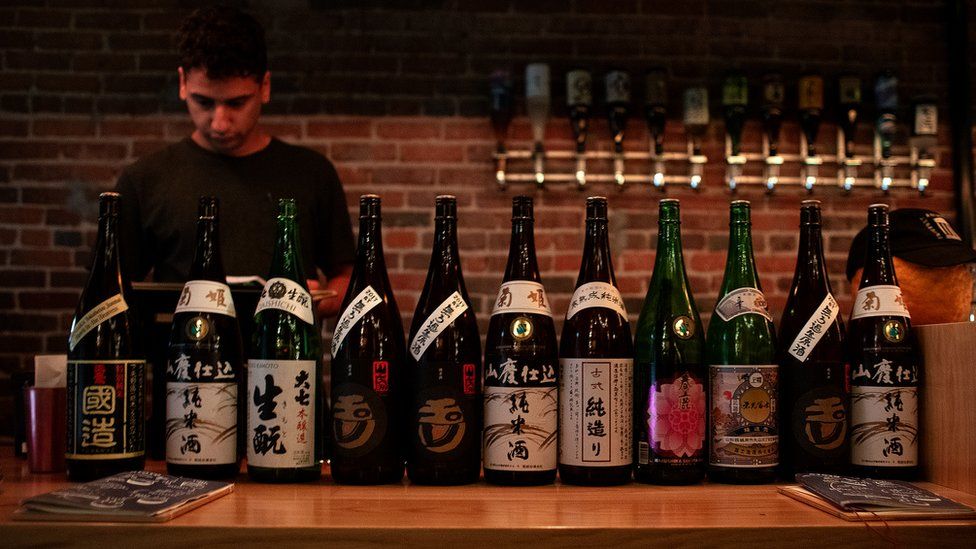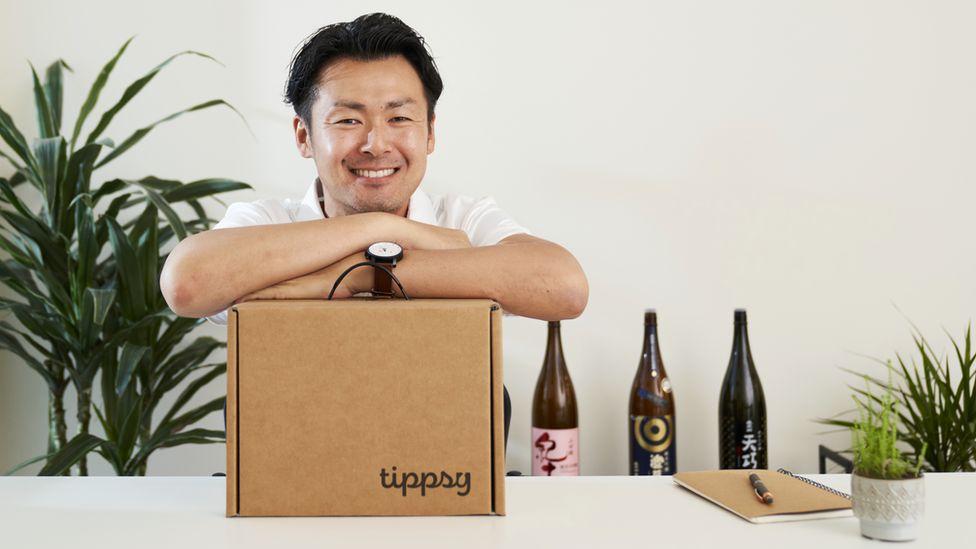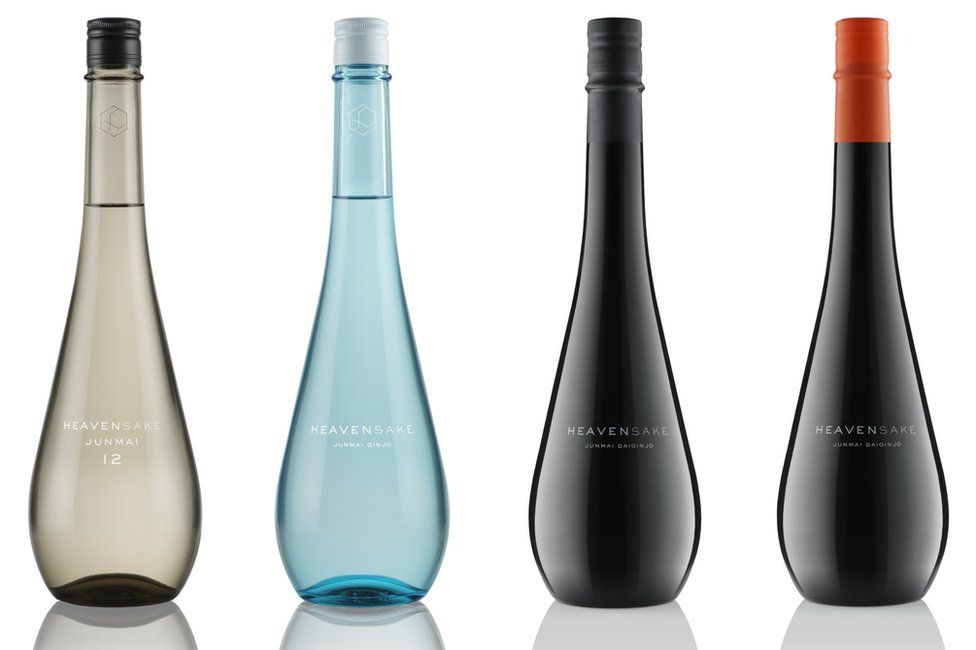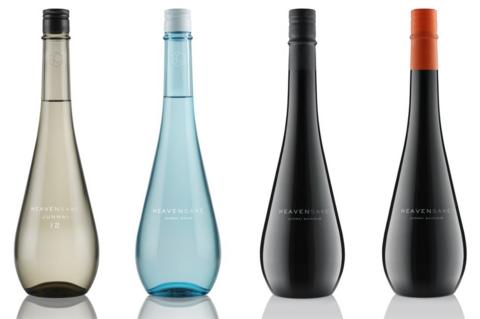
Sake is gathering new fans all over the world, but back in its home market, the Japanese are losing interest.
Genki Ito says there are a number of factors behind the continuing decline in sake sales in the drink’s home market.
“Sake’s consumption in Japan has dropped significantly due to an increasing variety of choice of alcohol… as well as the westernisation of consumer culture.”
A Japanese expat, Mr Ito is the founder of Tippsysake, a US website that focuses on importing and selling the alcoholic drink, which is made from fermenting rice soaked in water.
He adds that the reputation of sake in its home country has been tarnished by cheaper, low quality versions “with lots of additives that caused hangovers”.
Sake, which typically has an alcohol content of between 15% and 17%, is still often referred to as the national drink of Japan. Yet today beer is the best-selling alcoholic beverage in the country.
Sales of sake have been further squeezed by the continuing popularity of a spirit called shochu, plus whisky, wine and “highballs” – canned drinks that mix either fruits or whisky with fizzy water.
The figures showing the decline of sake are pretty stark. Between 1973 and 2020, annual domestic sales fell by 75%, according to one report. Meanwhile, the Brewers Association of Japan said in 2021 that home market demand had shrunk by 30% over the past decade.
Thankfully for Japan’s more than 1,100 sake breweries, there is one shinning light – continuing strong overseas sales. Exports of sake in 2021 totalled 40.2bn yen ($294m; £243m), according to the Japan Sake and Shochu Makers Association. It added that this was a record high for the 12th year in a row.

So what is driving this international growth? Jumpei Sato, chief executive of sake brewer Tatenokawa says that a growing appreciation of Japanese food and culture certainly helps.
Yet he explains that sake producers are also continuing with a successful policy of focusing on exporting some of their best bottles. “Overseas export and high-end sake are key elements for our future management,” says Mr Sato, who is the sixth generation to make sake at Tatenokawa.
“Of course the domestic sector is also important, but it is equally vital to be recognised in the new global market. I think it will give a bright future for Japanese sake.”
Mr Ito says that in addition to focusing on quality for the export market, producers are also adjusting their recipes to increase the level of natural acid in the sake, and slightly reduce the alcohol content, so as to make it taste more like wine.
The idea here is both that sake will appeal more to wine enthusiasts, but also so that it can better pair with richer, fattier, and often dairy-based Western food.

Global Trade

“With this attention on acidity and ability to pair with food, brewers are designing the taste of sake to cater to consumers outside of Japan,” adds Mr Ito. “They think that the wine communities around the world are the most susceptible and appreciative of works of art craft sake brewing.”
This targeting of the wine enthusiast community appears to be a continuing success, as a number of prestigious wine tasting competitions around the world now have sake categories running along the likes of best US chardonnay or pinot noir.
To help make sakes more wine-like, a number of producers are even bringing on board former winemakers.
Tatenokawa is working with a new sake producer called Heavensake, which is a Franco-Japanese business. Its founder Regis Camus was previously head winemaker at champagne house Piper Heidsieck.
While Heavensake’s sakes are still, quality sparkling sake is available and increasingly growing in popularity. Another former champagne big wig, Richard Geoffroy, previously of Dom Perignon, also now makes sake.
Heavensake is also said to benefit from champagne’s decades of marketing and advertising know-how.

“I believe international collaboration and cultural exchange on liquid, packaging and marketing concepts for sake will open new doors, and make it more relevant and successful outside Japan,” says Heavensake’s chief executive Laurent Cutier.
He adds that international sales of high-end sake were helped by the coronavirus pandemic. “Consumers were exploring new products and categories while being stuck at home.”
UK wine writer Jamie Goode is also a sake expert, with an advanced level qualification in the Japanese drink.
“Lighter, fruitier sakes are the ones that are really flying at the moment on the international market,” he says. “They are more accessible for people used to wine, who can appreciate them more easily than some of the more traditional sakes.
“Sake is obviously not as mainstream as wine, but it does seem to be having a bit of momentum.”
Courtney Kaplan, the co-owner of Los Angels sake bar and restaurant Ototo, says that many sake-makers are now “explicitly” mentioning wine in their English language literature. “And they are suggesting that consumers enjoy sake from stemware [wine glasses] rather than worrying about procuring more traditional vessels like ochoko and guinomi [sake cups],” she says.
Ms Kaplan adds that some sake producers talk about paring sake with non-Japanese foods. “As an example, we sell a sake called ‘Cowboy’ that is only sold on the export maker, and was developed by the brewery specifically to demonstrate to Americans that sake can pair with steak or beef.
“We also serve sake with oysters at the restaurant, which are loved around the world. It’s also a great pairing with pizza – sake shares high levels of the amino acid called glutamate with tomatoes and Parmesan cheese, making it a natural fit.”

